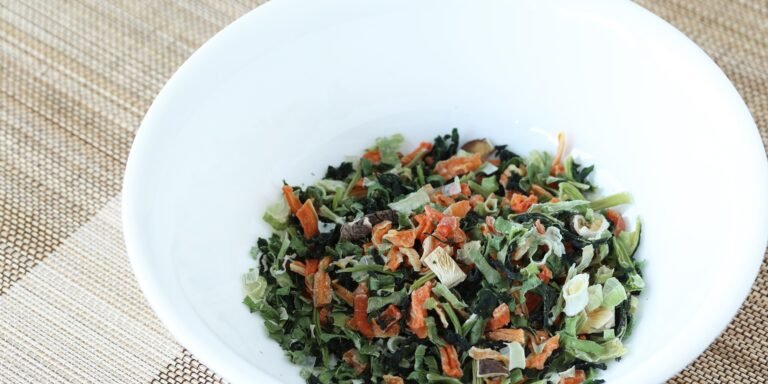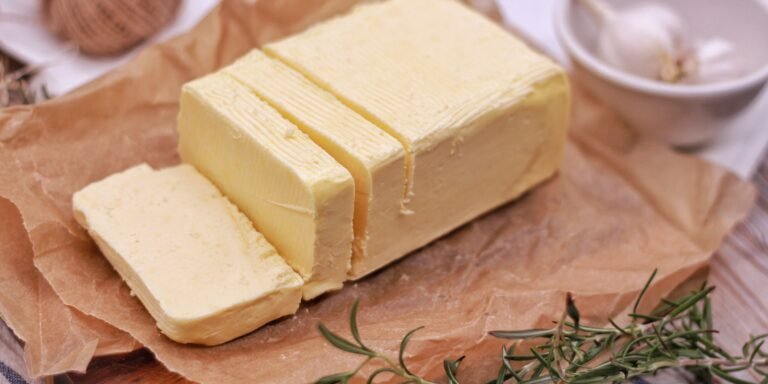How to Keep Your Food Stockpile Free of Moisture and Pests
This post may contain affiliate links, full disclosure here.
It’s always a good idea to be properly prepared for any type of emergency situation, especially when it comes to natural catastrophes and other similar events. It’s usually a good idea to keep an emergency food supply on hand in case everything else fails.
Sure, there are plenty of items that can keep for months, if not years, and that you can feed your family in the worst-case scenario.
However, there are hazards to your food store, such as moisture and vermin, which can destroy it. This article focuses on how to keep moisture and pests out of your food storage. It’s all about keeping your stockpile in tip-top shape so it’ll be ready when you need it.
See also: Top 20 Barter Items to Stockpile
How to Keep Moisture and Pests Away From Your Food Stockpile
Seal Your Room
The first line of defense against moisture and bugs is to seal the room where the food store is kept. Most people will store their belongings in a cellar, bunker, or another underground storage container.
Being underground means there’s chance dampness may seep in through the walls and foundation, and vermin will always be an issue.
As a result, you must guarantee that the location where you store the food stockpile is completely protected against the outside world. This means that you should inspect the floor, walls, and ceiling for any form of gaps or cracks.
You should undertake a 360-degree survey of the space and seal any entry points where moisture or vermin could enter. Also, make sure that whatever you use to seal the room is water and pest-resistant, whether it’s plaster, concrete, or cement.
See also: How To Store Quinoa Long-Term
Waterproof The Room
You’ll want to waterproof the area since moisture is one of the biggest hazards to your food store, both because it can degrade food and because it offers bugs a source of hydration. This is especially critical if you’re storing your food stash in a basement or underground, as these regions can grow quite humid.
It’s critical to eliminate all water sources, so make sure there aren’t any leaks; fix and seal all pipes, and even stop the drain in the floor when it’s not in use. To reduce the risk of leaking, moisture seeping, and condensation from occlusion, all pipes and walls should be insulated.
You’ll also want to apply a couple of layers of weatherproof paint to the walls. Keep in mind that if the wall has already been painted, you should always remove the old paint before applying the new waterproof layer for optimal moisture protection. If everything else fails and the storage space remains damp, it’s a good idea to invest in a dehumidifier.
See also: Shelf Life Of Wheat Berries
Use Proper Storage Containers
The next step in ensuring that your food stockpile is protected from both moisture and pests is to ensure that it is sealed in the appropriate containers. Any sturdy, chew-resistant container is strongly suggested, and this packaging must also be moisture-proof.
Canned food is, without a doubt, the finest type of food for surviving both moisture and bugs. Metal cans are water-resistant and nearly impossible to chew through.
The next item on the list is a plastic bucket that includes a gamma seal. These plastic buckets are ideal for storing a variety of perishable and nonperishable items because they are nearly impossible to chew through and keep moisture out.
You might also think about using glass jars. Glass jars are far more durable than plastic containers in that they are impossible to chew through and can only be shattered by large bugs knocking them over. As a result, store those glass jars in places where bugs won’t be able to knock them over.
Set Traps
Pests will inevitably find their way into the food storage room, no matter what you do. As a result, it’s preferable if you take certain preventative measures. To put it another way, throw in some carefully positioned rat and mouse traps, as well as a slew of insect traps.
You’re on the right track if you can get rid of pests before they get to the food. Cats are excellent natural rodent traps, and many people enjoy employing them to their advantage. Allow your cat access to the storeroom every now and then to see if it can flush out and catch any bugs.
The Frozen Stuff
You won’t be able to keep frozen or refrigerated food cold if the power goes off. However, anything that can be refrigerated or frozen, as well as meals that will remain edible if thawed or warmed, should be kept chilled or frozen until the very last minute. No bug will be able to get into a refrigerator or freezer.
Wrapping Up: How to Keep Your Food Stockpile Free of Moisture and Pests
Remember to take all of the aforementioned precautions seriously, since dampness and pests can quickly deplete even the most well-stocked food reserves. If you follow all of these measures, your food supply will be ready to utilize in the event of a crisis.







